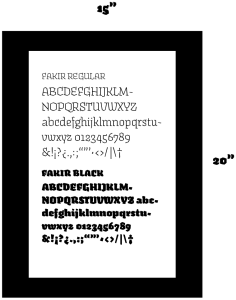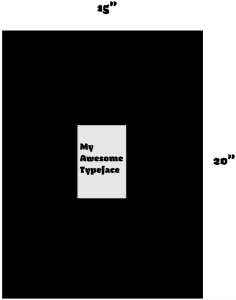 In this day of high speed internet and instant information, do we still take time to appreciate the classics. Is information like classic literature, art, poetry still pertinent and vital? How would you encourage a 17 year old to put down the phone and pick up a book? Perhaps that book just needs to be presented in a different way?
In this day of high speed internet and instant information, do we still take time to appreciate the classics. Is information like classic literature, art, poetry still pertinent and vital? How would you encourage a 17 year old to put down the phone and pick up a book? Perhaps that book just needs to be presented in a different way?
Your problem for this assignment is to re-package a familiar piece of literature in a way that is appealing to younger readers (16-22). Your task is two-fold. First, you must redesign the book cover. It should stand out amongst the overcrowded shelves. It should attract attention.
It should, however, represent the story in a fair and honest way. The second task (or, part two of the assignment) is to create a promotional/instore poster to advertise the book. This poster should use some of the same elemnets that appear on the book, but keep in mind the purpose of a poster. To advertise and get attention.
The most successful book covers are those that give a hint of the story inside, without revealing all the details.
- Design the front, spine, and back of the book.
- The book cover must include, the title and author. The Penguin logo must be on the spine and back. Download it here.
- The Poster must include the above information plus, the Barnes and Noble logo (download it here).
- Give your book a barcode by visiting this site, or download this vector file.
- Make your book as much as possible like a “real” book. Add an ISBN number, reviews, and other details.
- There are no color or typographic limitations on this assignment.
OBJECTIVES
- increase your ability as a planner and form giver
- develop an awareness of the relationship between design and meaning
- increase and improve the quality idea generation (quality & quantity)
- understand and identify a “target” audience
- increase conceptual skills through research
PROCESS
You will be required to maintain thorough documentation of your process throughout this and all assignments in this class. Keep a collection of everything pertaining to this project (project sheet, research, sketches, thumbnails, copies, etc.) and bring it to each class meeting. This collection will be turned in at the completion of this assignment and will be part of your final grade.
PROJECT COMPONENTS
- one book cover mounted on foam board (dimensions variable)
- one book cover attached to an actual book
- one poster (11″x17″)
- one process notebook
PRESENTATION
- The finished poster will be flush mounted on foam board
- The finished book cover will be mounted on a 15″ x 20″ Black board
- The finished book cover will also be attached to an actual book
DEADLINES
- Tue Oct 20 – Discuss topics, begin thumbnails sketches/RESEARCH
- Tue Oct 27 – 3 full-color (8.5”x11”) computer comps due for book cover
- Tue Nov 3 – revisions due for book covers / 3 full-color comps due for poster
- Thr Nov 5 – Revisions of book cover and poster due
- Tue Nov 10 – Finished book cover and poster due
Book and book cover design resources:
CHOOSE FROM THESE TITLES:
Moby Dick
Herman Melville
The Scarlet Letter
Nathaniel Hawthorne
The Strange Case of Dr Jekyll and Mr Hyde
Robert Louis Stevenson
The Fall of the House of Usher
Edgar Allan Poe
Life on the Mississippi
Mark Twain
The House of the Seven Gables
Nathaniel Hawthorne
Kidnapped
Robert Louis Stevenson
Treasure Island
Robert Louis Stevenson
The Legend of Sleepy Hollow
Washington Irving
Uncle Tom’s Cabin Or, Life among the Lowly
Harriet Beecher Stowe
The Prince and the Pauper
Mark Twain
The Red Badge of Courage and Four Stories
Stephen Crane
The Deerslayer
James Fenimore Cooper
Little Women
Louisa May Alcott
The Last of the Mohicans
James Fenimore Cooper
Frankenstein
Mary Shelley
Dracula
Bram Stoker
The Bostonians
Henry James






